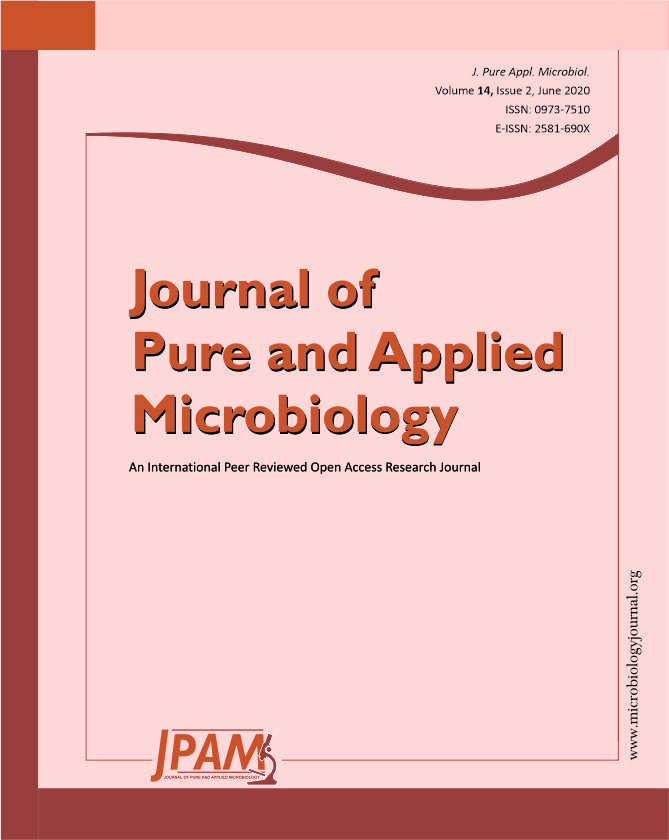Epstein-Barr virus (EBV) plays the most important role in various types of human cancers. Patients receiving chemotherapy have low white blood cell (WBC) counts that elevate the risk of infection and is the first public health priority in Iraq. WBCs are capable of tumor destruction and aid in combatting infection; they also promote tumor growth, metastasis and chemotherapy resistance. Low WBC count makes the body more predisposed to infection. Our study sought to investigate the relationship between low WBC count and EBV infection in cancer patients. A cross-sectional study was performed using 120 samples obtained from cancer patients, who had a low WBC count and were receiving chemotherapy. The study included samples from 60 males and 60 females aged between 7 and 80 years from Najaf / Iraq. Among the different cancer types, breast cancer cases were high (24 patients; 20%); additionally, a high number of cancer patients (52; 43.3%) also had a low WBC count (≤2 to ≥4 in 109 / L of cells). There were no significant differences in the serological detection of positive cases for viral capsid protein IgM and EBNA-1 and EBNA-2 nuclear genes (P˃0.05) between the cancer patients of different age groups and genders. EBV infection is associated with a low WBC count in cancer patients receiving chemotherapy. No significant differences for patients was observed with respect to age and gender.
Epstein-Barr virus infection, Serology, Immunoblotting, Avidity IgG, Epstein-Barr virus-DNA
© The Author(s) 2020. Open Access. This article is distributed under the terms of the Creative Commons Attribution 4.0 International License which permits unrestricted use, sharing, distribution, and reproduction in any medium, provided you give appropriate credit to the original author(s) and the source, provide a link to the Creative Commons license, and indicate if changes were made.


